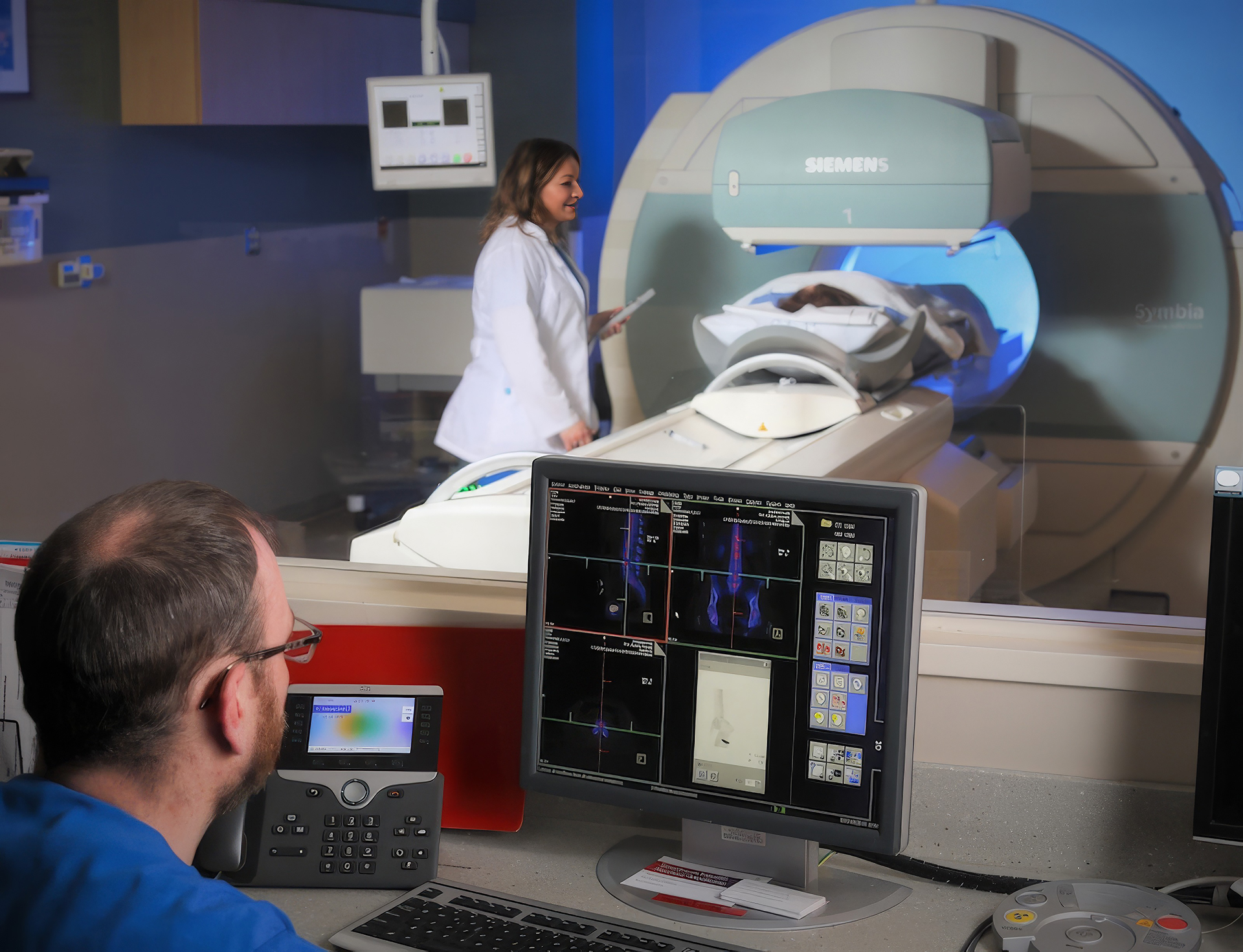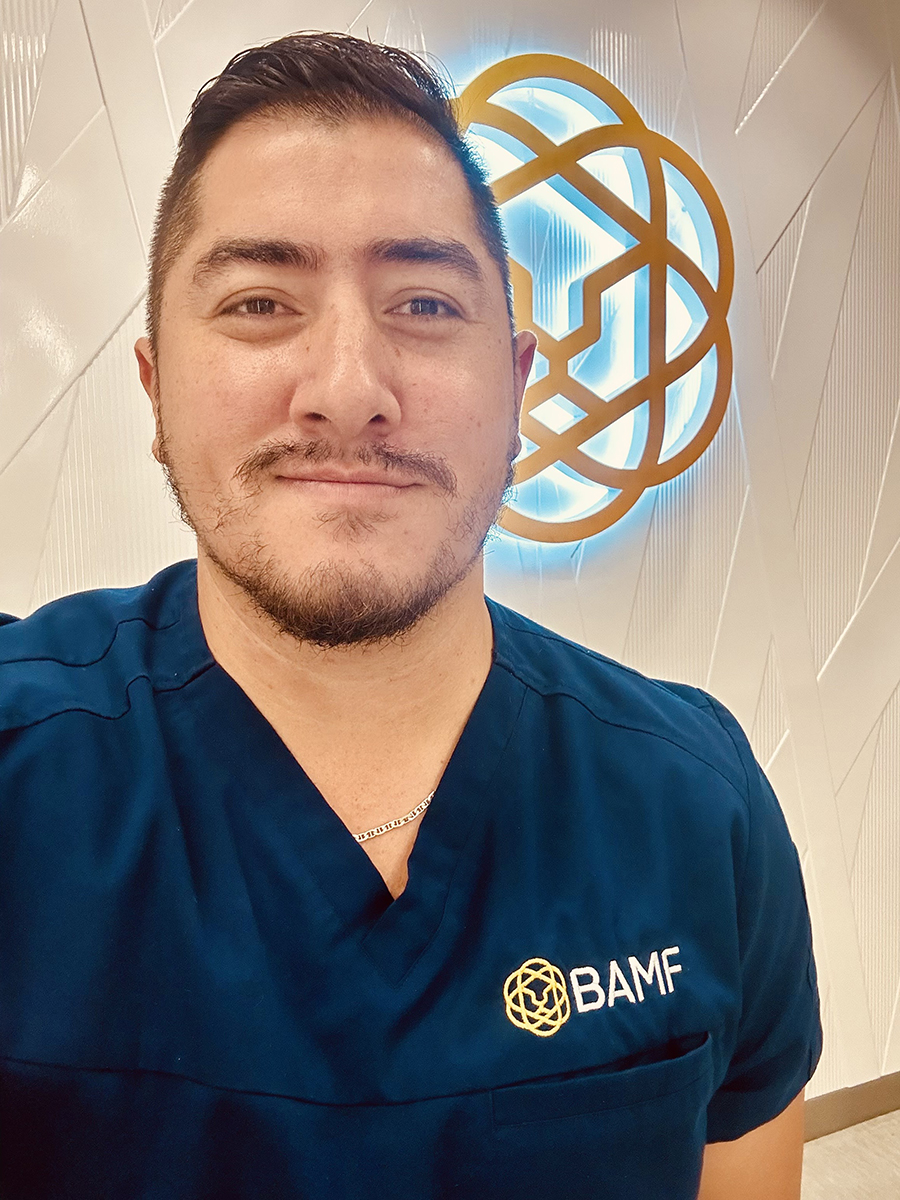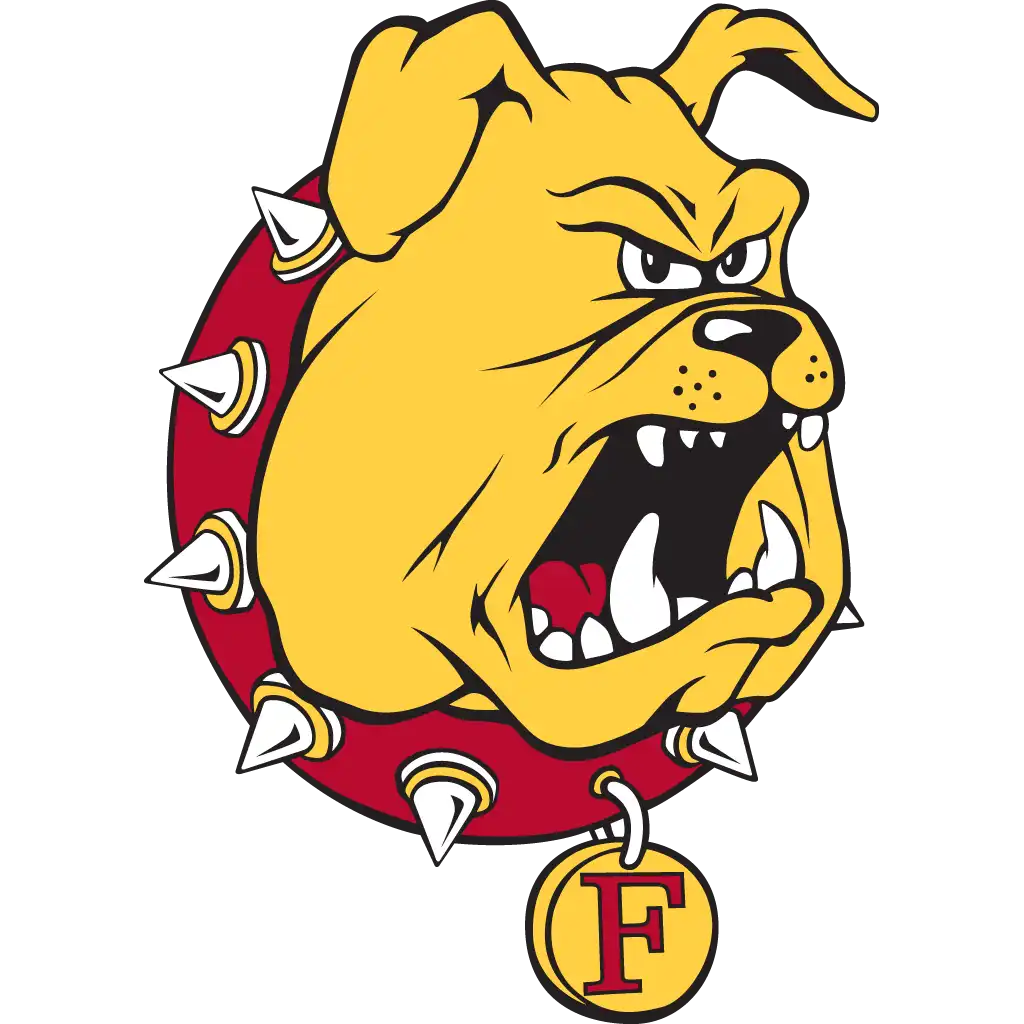Aug. 12, 2024
Michigan’s lone Nuclear Medicine Technology program at Ferris State reaches golden anniversary while still growing through partnerships

What began with formative, diagnostic imaging techniques at Ferris State University
in 1974 is now experiencing continued growth through technological advancements, strong
partnerships and a commitment to excellence.

Fernando Anleu
Ferris State’s Bachelor of Science degree in Nuclear Medicine Technology is celebrating its 50th anniversary while benefiting from collaborations with providers
on Grand Rapids’ “Medical Mile” and at other major regional healthcare hubs.
College of Health Professions professor Sheila MacEachron was the program coordinator
for half of the program’s history. She said while technologies advanced, there are
constants that continue to benefit Ferris State students.
“It was a relatively new career opportunity when the program began, but the strength
of our curriculum and career potential for students has always been there,” MacEachron
said. “Nuclear Medicine technologists have a unique place in healthcare. We adjusted
from instruction on nuclear medicine cameras to securing internship rotations where
our students gain experience with PET/CT (Positron emission tomography–computed tomography)
and PET/MRI (magnetic resonance imaging). We adapted our program well as technological
innovations came about.”
Current program coordinator and assistant professor Timothy Vander Laan said Nuclear
Medicine Technology enjoys partnerships that contribute to their program’s excellence.
“Our base in Grand Rapids means we can visit Corewell Health and Trinity Health’s
facilities nearby. This accentuates our coursework,” Vander Laan said. “There is a
year of instruction in Grand Rapids before students have clinical rotations with leading
providers in Detroit, Ann Arbor, Grand Rapids and northern Indiana. We are Michigan’s
only Nuclear Medicine Technology program, and our instruction's hands-on aspect helps
our students enjoy a 100 percent placement rate.”
MacEachron and Vander Laan said there are many jobs available for their graduates,
which places them on the cutting edge of new age medicine.
“We are fortunate to find students who graduate and contribute at hospitals and specialty
clinics across the country,” MacEachron said.
“Today’s technology allows high-resolution, detailed images to be created using safe amounts of radiation,” Vander Laan said. “That applies to oncology, neurology, cardiology and other diagnostic disciplines.”
Fernando Anleu of Grand Rapids is making the most of his Bachelor of Science degree.
A 2023 alumnus, called his degree a “game-changer.”
He is working as a technologist with BAMF Health, a comprehensive theranostics center. BAMF Health is dedicated to imaging and treating various cancers, Alzheimer’s Disease, heart conditions, and other diseases.
“The comprehensive training provided me with a robust foundation in both the science
and application of nuclear medicine, which has been instrumental in my professional
growth,” Anleu said. “This role with BAMF Health has not only broadened my experience
but also deepened my involvement in advancing cutting-edge medical technologies and
improving patient outcomes.”
Anleu is proud to have received his training at Ferris State and to learn more about
his program’s anniversary.
“As we mark this milestone, I am proud of the progress we have made in medical imaging and eager to see how our field will continue to evolve and improve patient care,” he said.
The U.S. Bureau of Labor Statistics shows Nuclear Medicine Technologists will see
800 job opening a year developing in the decade continuing to 2032, with median pay
as of 2023 at $92,500.

